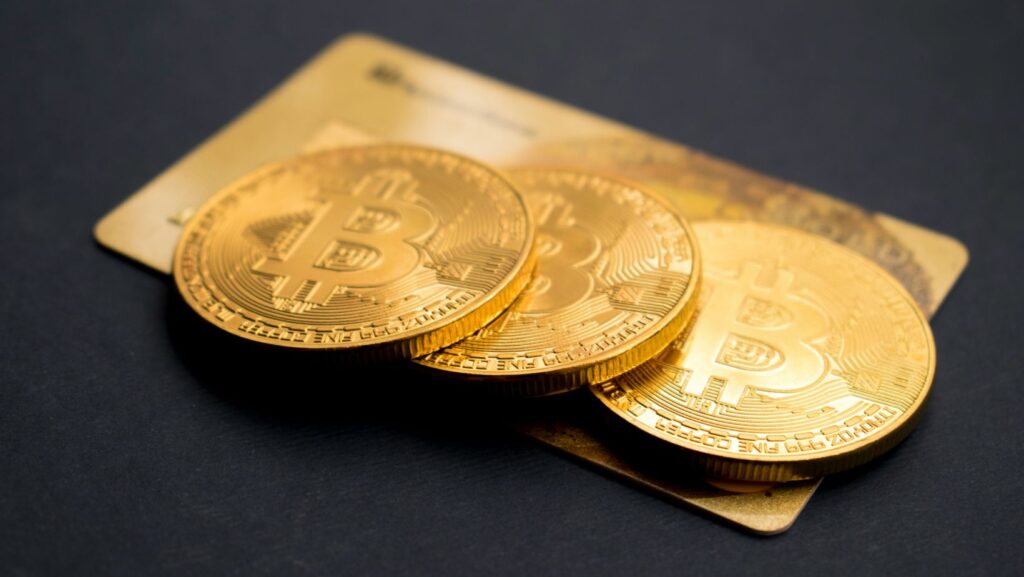
Bitcoin has been on a rollercoaster ride right from the very beginning of the year 2024, with prices climbing to new all-time highs ahead of the next halving. Many investors were unprepared for the rapidity of this shift, and were left wondering what is the price of Bitcoin now. Most investors were anticipating growth from BTC this year. Still, the seemingly overnight gains led many to believe that the earlier predictions of the coins getting to $100,000 in 2025 might have been too pessimistic. Bitcoin seems ready to forge its path to new heights much earlier than some were anticipating.
Accumulation
The bitcoin accumulation trend refers to entities actively growing the amount of BTC they own. Over the past couple of years, this has been the preferred strategy for most investors. Since the prices were relatively low, many saw it as an opportunity to start investing to consolidate their portfolios. Given the massive price fluctuations and the ability to lose much money, most of these investors chose to keep their funds safely stacked away in hardware wallets. Those who decided to go for short positions recorded massive losses, sometimes as high as 100%.

But now that all-time highs have been reached again, wallets have started shedding coins again. The massive price growth resulted in an instantaneous sell-off. However, that doesn’t mean that the hodlers are no longer seeing any profits. The data shows that accumulation addresses are dropping, and show no sign of reversing anytime soon. And while some might mistakenly judge this development to be bearish, the truth is that this is a decidedly bullish movement.
Historical data shows that this isn’t the first time this trend has occurred. In 2016, Bitcoin recorded reductions that remained consistent until the middle of 2018, when broader accumulation levels began to appear. A little later, Bitcoin reached the $20,000 level, an important milestone it maintained for several years later.
Mining Sites
A well-known mining provider has decided to permanently close a site in Alberta, Canada. The reasons are the surge in energy costs and disruptions to the local power grid. The facility was responsible for almost 2% of the company’s Bitcoin mining. Underlying voltage issues have also been cited as a reason. However, the company has also confirmed that activities might return if conditions improve.
This is an unpleasant piece of news for some miners, albeit not surprising. The fact that some might need to offshore their production and equipment in order to avoid the elevated costs has been discussed over the past couple of months. The halving will determine whether or not more will have to take their operations abroad. If users consider that not enough revenue comes from the companies and the costs become unsustainable, miners will have no choice but to move.
Kimchi Premium
The kimchi premium, getting its name from the Korean staple made from napa cabbage with Korean chili powder, onions, ginger and salted seafood, is a crypto term referring to the difference between Bitcoin’s price in South Korea compared to its price on global exchanges. Typically, the place is listed as considerably higher on South Korean exchange platforms compared to those located in Europe or the United States. As a result, there’s an arbitrage opportunity there for investors who know how to use it. The Kimchi premium is not a new phenomenon, and was first noticed in 2016.
Research showed that it ranged between 4.80% and 55% during the two years between 2016 and 2018. There are many reasons why this trend has remained consistent over the years. South Korea is one of the most popular markets in the world for cryptocurrencies, a trend that has been considered part of the country’s propensity for technology. Tech developments have also led the general public to be more open-minded about cryptocurrencies, resulting in higher adoption and engagement rates.
The price difference could also be due to the lack of other high-return investments for investors based in South Korea. By purchasing Bitcoin from other areas and reselling it in Korea, investors can rake in considerable profits. As of March, the Bitcoin price reached $72,000 in South Korea, considerably higher than its Western peers. The widening of the Kimchi premium shows that retail interest is growing.
Retirement Plans
The issue of whether digital assets should be added to retirement plans or not has been debated for several years. While some believe it is a great idea, others are concerned that the volatility means any long-term value is out of the question. Recently, the Arizona Senate announced a proposal that Bitcoin ETFs could be added to retirement portfolios. While cryptocurrencies themselves are often associated with elevated risks, the exchange-traded funds were introduced specifically so that the investors don’t have to deal with their fluctuations, and would be more open to investing in digital assets.
At the moment, the proposal is being reviewed by the House for the second time after passing the Third Reading of the Senate on February 22nd. If it becomes a reality, it will encourage the ASRS, the Arizona State Retirement System and the Public Safety Personnel Retirement System to give exchange-traded funds the same exposure as all other asset classes so that customers are aware of the fact that they can add the holdings to their portfolios.

The agencies would also have to monitor any developments in the industry to ensure they deliver the best experience possible. They would also have to communicate with the SEC and official exchanges that provide these services. Some investors have compared investing in Bitcoin ETFs as similar to investing in gold, a well-known asset that acts as a haven for those who want to ensure their money retains its value no matter how much time passes. The Chicago Board Options Exchange has also discussed how the ETF approval could open new doors for pensions and retirement accounts that use ETFs as a medium.
Bitcoin is set to have a busy 2024. If you’re an investor, make sure to suppress your fear of missing out in order to create an investment strategy that will yield actual long-term gains.























